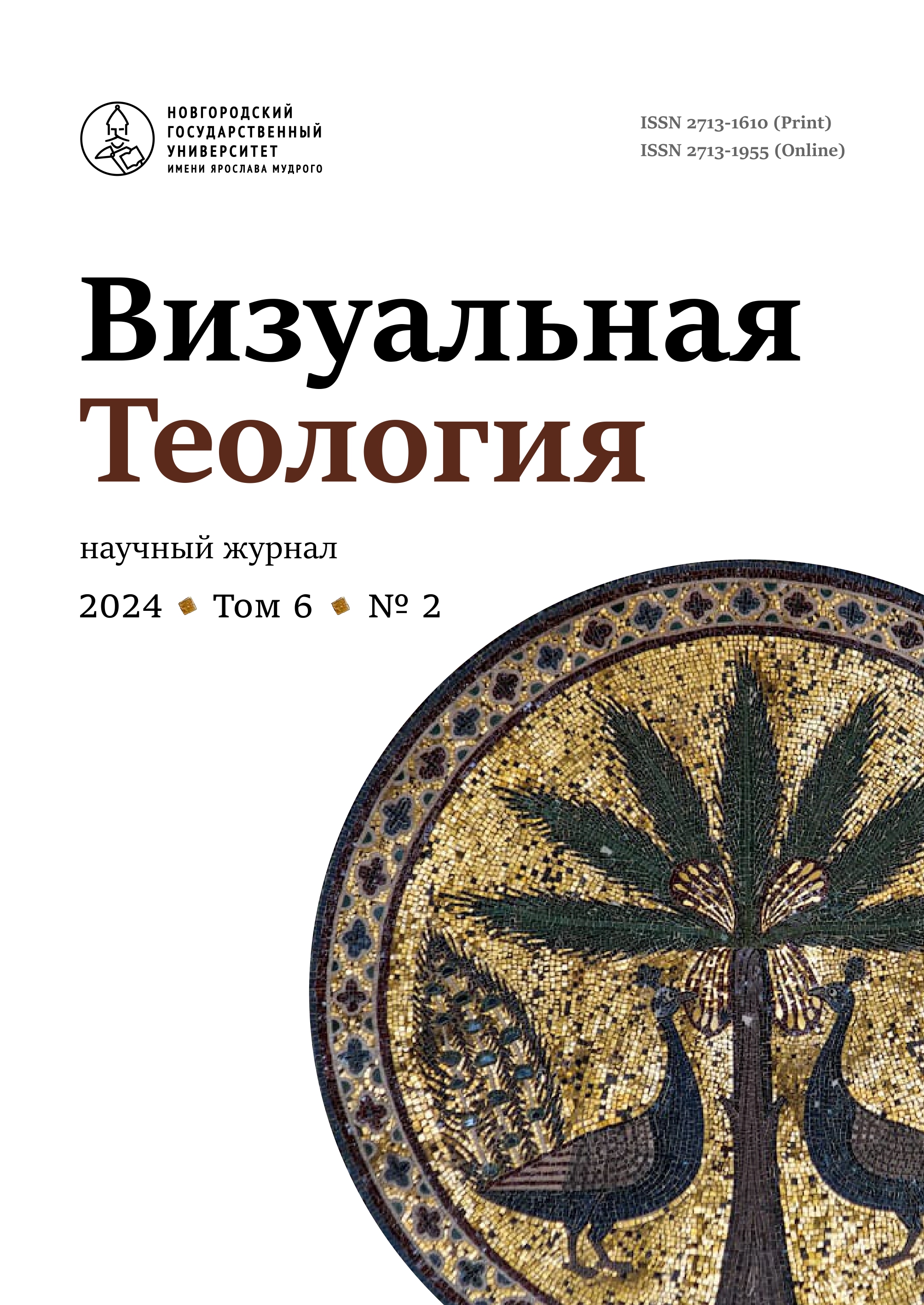Identity of Ancient Philosophers in Eastern Orthodox Iconography: Appearance, Clothing, Dicta
Abstract
The article explores the iconography of philosophers in the decoration of Eastern Orthodox churches. The tradition of depicting ancient philosophers in medieval Orthodox churches (Byzantium, Greece, Russia, Bulgaria, Romania) is poorly studied. The discussion in the paper is focused on one specific aspect of the problem, namely the identification of depicted philosophers. This problem is of particular interest owing to idiosyncratic connotations of philosophers' images in medieval Christian culture, different from those in ancient Greece and ancient Rome. Appearance, clothing and dicta in inscriptions are helpful to determine identity, but are not the only means of identification. For example, in various regional traditions the same philosopher is identified by different citations. The article also analyzes such attributes as a headdress (wide-brimmed hat, cap, oriental turban, royal crown), a beard and philosophers’ cloak. For issues of appearance, “Hermeneia” by Dionysius of Fourna is an important guide. The synthesis of the textual and the visual is instrumental in the formation of iconographic traditions. The influence of the text “Prophecies of the Hellenic Sages” on the iconography of ancient philosophers in Russia in the 16th – 17th centuries is a remarkable example. Particular attention in the paper is paid to the iconography of Plato and Aristotle.



